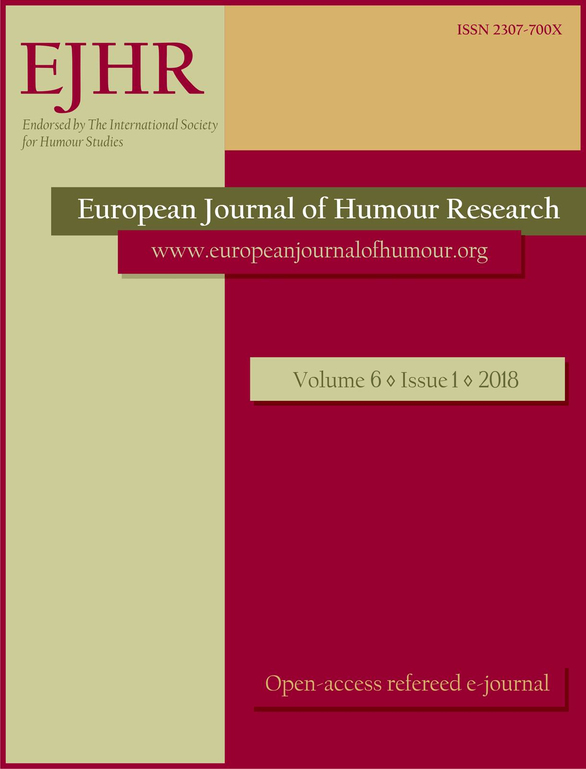Grasping political cartoons?
Grasping political cartoons?
Not an easy matter
Author(s): Dafina GenovaSubject(s): Politics / Political Sciences, Anthropology, Social Sciences, Language and Literature Studies, Media studies, Theoretical Linguistics, Applied Linguistics, Communication studies, Pragmatics, Cognitive linguistics, Descriptive linguistics, Politics and communication
Published by: Krakowskie Towarzystwo Popularyzowania Wiedzy o Komunikacji Językowej Tertium
Keywords: humour; political cartoons; incongruity; visual incongruity; visual metaphor; visual metonymy
Summary/Abstract: The article focuses on the interpretation of political cartoons and the means of expression a cartoonist uses to convey a message: visual metaphors, visual metonymies as well as metaphors inferred from the image and/or text. The metaphors and visual metonymies in the cartoons are analyzed from the point of view of Conceptual Metaphor and Metonymy Theory. In the analysis, visual and inferential metaphors are viewed as incongruities; there are also incongruities as a result of the interaction between image, title and/or caption. Political cartoons can have more than one focal (visual) incongruity that enables the introduction of a Logical Mechanism from the General Theory of Verbal Humour (GTVH) to (partially) resolve the incongruity/ies. Visual metonymies and images can also function as enablers of a Logical Mechanism. Image and/or text can contrast with or reinforce a Logical Mechanism. Additionally, visual metaphors and metonymies function as contextualization indexes in the interpretation of the cartoons. Humour is the means to get the cartoonist’s message across to the viewer/reader and not an end in itself.
Journal: The European Journal of Humour Research
- Issue Year: 6/2018
- Issue No: 1
- Page Range: 85-99
- Page Count: 15
- Language: English

